Are you an absolute beginner looking to learn programming? Look no further! Our comprehensive course, “Python Basics Coding for Absolute Beginners: Programming,” is designed to introduce you to the world of coding using the Python programming language. This course starts with an introduction to programming, guiding you through the course curriculum and explaining how to obtain the necessary prerequisites. You’ll learn how to set up your programming environment on Windows, Linux, or Mac, and discover how to ask great questions to enhance your learning experience. Commonly asked questions are addressed in the FAQ section to provide further clarity.
Once you are familiar with the basics, the course dives into Python itself. You’ll explore topics such as variables, data types, type casting, user inputs, comments, and more. Through practical examples and exercises, you’ll gain hands-on experience in working with Python’s strings, operators, sequences (including lists, tuples, dictionaries, and sets), control flow statements, functions, and file manipulation. To reinforce your understanding, the course includes assessment tests with solutions for self-evaluation. Additionally, you’ll have the opportunity to apply your newly acquired skills through beginner-level Python projects like a guessing game and a car game.
By the end of the course, you’ll have a solid foundation in Python programming and be able to write your own code, manipulate data, and build basic applications. Whether you aspire to become a programmer, enhance your analytical skills, or simply develop a new hobby, this course is your gateway to the world of coding.
What Will You Learn?
- The fundamental concepts of programming and how to think like a programmer.
- Setting up your programming environment on Windows, Linux, or Mac.
- Python’s syntax and basic programming structures.
- How to work with variables, data types, and type casting in Python.
- Taking user inputs and incorporating them into your programs.
- Commenting your code for better understanding and documentation.
- Manipulating and working with strings in Python.
- Understanding and utilizing various operators for arithmetic, assignment, comparison, and logical operations.
- Working with sequences such as lists, tuples, dictionaries, and sets.
- Control flow statements like if, if-else, and if-elif-else for decision-making in your programs.
- Creating and using functions to organize and reuse your code.
- Reading, creating, writing, and deleting files in Python.
- Introduction to regular expressions for pattern matching.
- Building beginner-level Python projects to apply your coding skills.
Who Should Take The Course?
- Individuals with no prior programming experience who want to learn coding from scratch.
- Absolute beginners who want to understand the basics of programming concepts and logic.
- Aspiring programmers who aim to start their coding journey with Python, a beginner-friendly language.
- Students or enthusiasts seeking a strong foundation in programming as a stepping stone to advanced topics.
- Professionals from non-technical backgrounds who want to acquire coding skills for career growth or to enhance their analytical abilities.
- Self-learners who prefer a structured course with step-by-step guidance and practical exercises.
- Hobbyists interested in exploring the world of coding and building their own small-scale applications.
- Individuals preparing for further studies or career opportunities that require programming knowledge.
- Anyone looking for an accessible and beginner-friendly introduction to Python programming.
Course Features
- Lectures 108
- Quiz 0
- Duration 7h 21m
- Skill level All levels
- Language English
- Students 5
- Certificate Yes
- Assessments Yes
Curriculum
- 14 Sections
- 108 Lessons
- 365 Days
- Introduction6
- Introduction to Python and Setting Up11
- 3.1Introduction to Python2 Minutes
- 3.2Python vs Other Languages4 Minutes
- 3.3Why Its Popular4 Minutes
- 3.4Command Line Basics7 Minutes
- 3.5Python Installation (Step By Step)6 Minutes
- 3.6PyCharm IDE Installation8 Minutes
- 3.7Getting Start PyCharm IDE5 Minutes
- 3.8First Python Hello World Program7 Minutes
- 3.9Assessment Test11 Minute
- 3.10Solution for Assessment Test11 Minute
- 3.11Summary2 Minutes
- Python Basic9
- Python Strings8
- Python Operators12
- 6.1Introduction3 Minutes
- 6.2Arithmetic Operators8 Minutes
- 6.3Assignment Operators5 Minutes
- 6.4Comparison Operators5 Minutes
- 6.5Logical Operators2 Minutes
- 6.6AND Operator4 Minutes
- 6.7OR Operator2 Minutes
- 6.8NOT Operator3 Minutes
- 6.9Booleans2 Minutes
- 6.10Assessment Test42 Minutes
- 6.11Solution for Assessment Test41 Minute
- 6.12Summary1 Minute
- Python Sequences20
- 7.1Introduction2 Minutes
- 7.2Arrays in Earlier2 Minutes
- 7.3Lists6 Minutes
- 7.4Add List Items3 Minutes
- 7.5Remove List Items1 Minute
- 7.6Sort Lists3 Minutes
- 7.7Join Lists8 Minutes
- 7.8Tuples8 Minutes
- 7.9Update tuples7 Minutes
- 7.10Join tuples2 Minutes
- 7.11Dictionaries6 Minutes
- 7.12Add Dictionary Items4 Minutes
- 7.13Remove Dictionary Items3 Minutes
- 7.15Sets4 Minutes
- 7.16Add Set Items3 Minutes
- 7.17Remove Set Items1 Minute
- 7.18Join Set Items4 Minutes
- 7.19Assessment Test51 Minute
- 7.20Solution for Assessment Test5
- 7.21Summary1 Minute
- Python Statements8
- Python Control Flow Statements12
- 9.1Introduction4 Minutes
- 9.2Flow Charts6 Minutes
- 9.3While Loops Statement10 Minutes
- 9.4For Loops Statement6 Minutes
- 9.6The Break Statement3 Minutes
- 9.7The Continue Statement2 Minutes
- 9.8The range() Function4 Minutes
- 9.9Nested Loops4 Minutes
- 9.102D List using Nested Loop4 Minutes
- 9.11Assessment Test71 Minute
- 9.12Solution for Assessment Test73 Minutes
- 9.13Summary1 Minute
- Python Games for Beginners4
- Python Functions7
- Working with File Structure4
- Regular Expressions3
- Python Project3
- Premium Certificate & Transcript1



